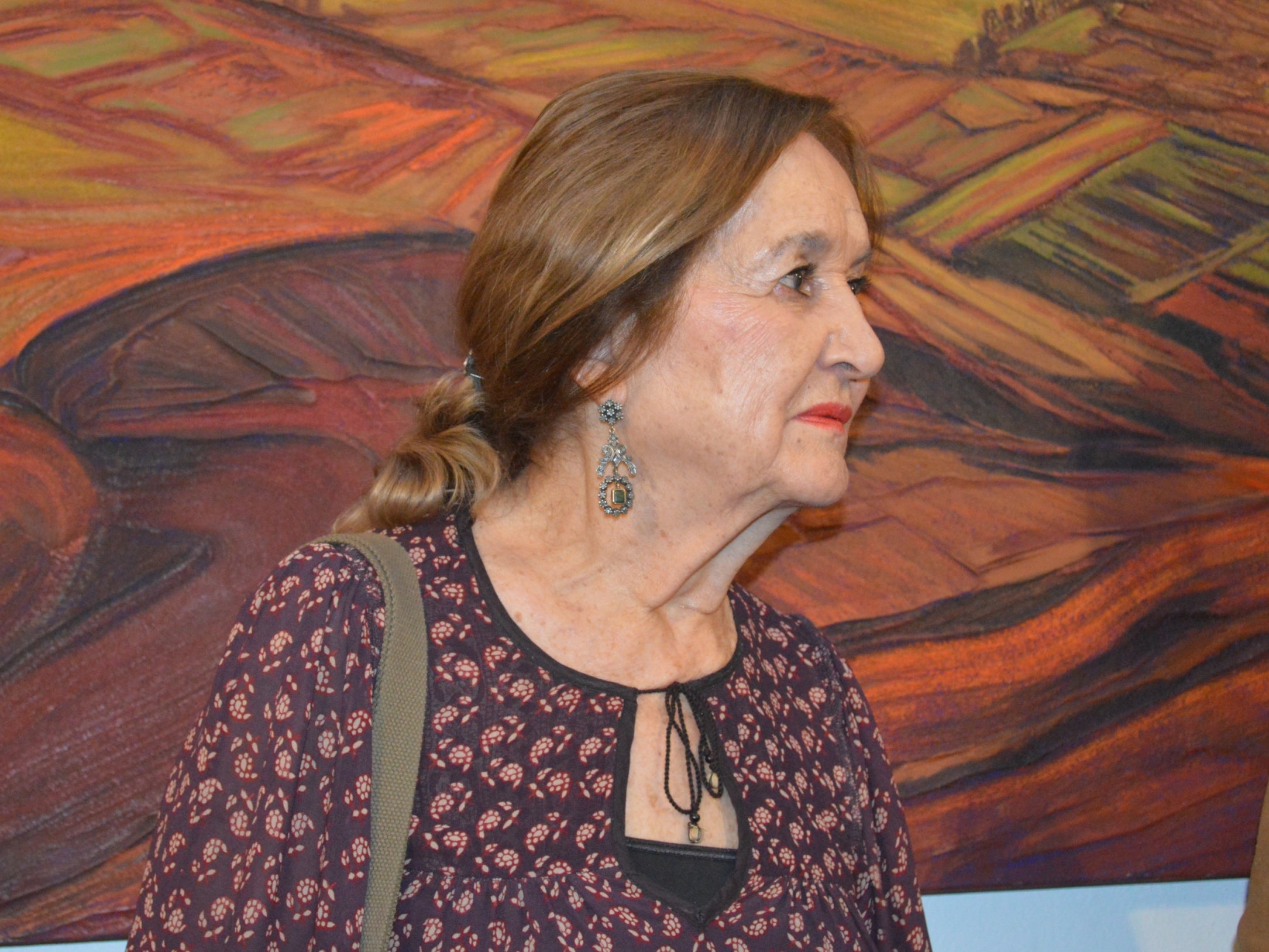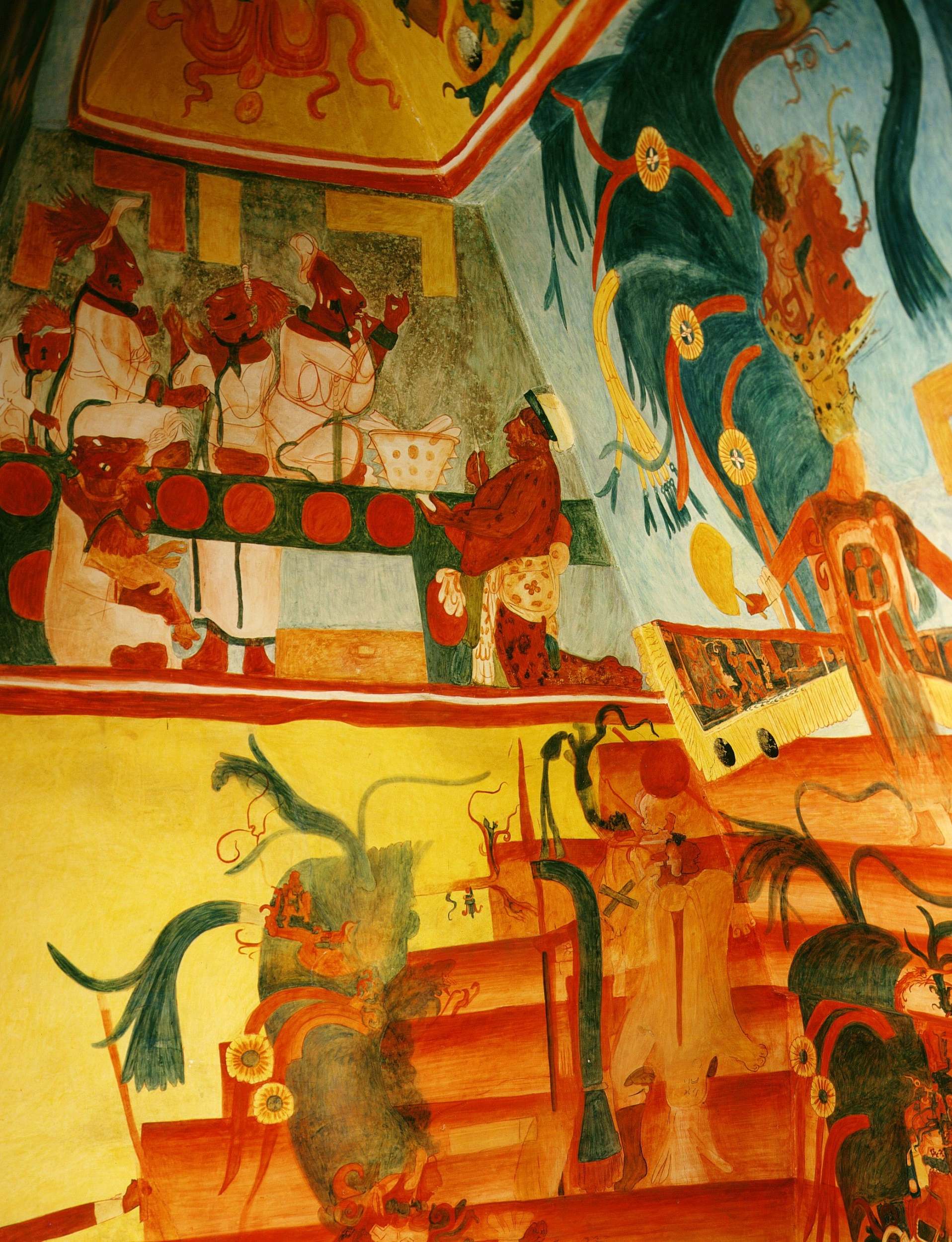Rina Lazo: Guatemalan muralist who was emboldened by a revolutionary spirit
A long-time assistant to Diego Rivera, Lazo was also known for her own works that shone a light on indigenous people

Your support helps us to tell the story
From reproductive rights to climate change to Big Tech, The Independent is on the ground when the story is developing. Whether it's investigating the financials of Elon Musk's pro-Trump PAC or producing our latest documentary, 'The A Word', which shines a light on the American women fighting for reproductive rights, we know how important it is to parse out the facts from the messaging.
At such a critical moment in US history, we need reporters on the ground. Your donation allows us to keep sending journalists to speak to both sides of the story.
The Independent is trusted by Americans across the entire political spectrum. And unlike many other quality news outlets, we choose not to lock Americans out of our reporting and analysis with paywalls. We believe quality journalism should be available to everyone, paid for by those who can afford it.
Your support makes all the difference.The Guatemalan muralist, painter and social activist Rina Lazo, who has died aged 96, belonged to a generation of Central American artists – one that included her close friends Diego Rivera and Frida Kahlo – whose work reflected the spirit of the region’s revolutionary social movements.
Through her work within the Mexican muralism movement – a tradition that picked up during the 1920s of mural paintings with nationalistic, social and political messages on public buildings – Lazo brought scenes from Mexico and Guatemala’s pre-Hispanic history to the forefront of popular art.
Rina Lazo was born in Guatemala City in 1923 to Arturo Lazo, a doctor who had emigrated from a dictatorship in neighbouring Honduras, and his wife Melanie Wasem. During her childhood years, the family would holiday in Coban, a coffee-growing city in central Guatemala. It was here a young Lazo came into contact with the Qʼeqchiʼ, an indigenous people of the region, whose culture and history would feature in her later work.
She took her first steps into art when she began assisting sculptor, vitraillist and painter Julio Urruela in his studio and in the making of one of his murals at Guatemala’s National Palace. Urruela encouraged her to enrol in the Fine Arts Academy in 1944.
The school was known for its political activism and hers began when she made sandwiches for the young men who would go out at night to protest against the dictatorship of Jorge Ubico Castaneda, who would shortly be removed at the start of the Guatemalan Revolution.
At 23 she won a scholarship – awarded by the new, democratically elected president, Juan Jose Arevalo – to study in Mexico at the prestigious La Esmeralda art school. In 1947 her teacher Andres Sanchez Flores, who was also an assistant to the Mexican painter Diego Rivera, took Lazo to work on Rivera’s mural Dream of a Sunday Afternoon in the Alameda Central.

Rivera was impressed with the youngster, whom he later call his “beloved friend, my right hand … the best of my assistants”. She worked alongside Rivera for a decade until his death in 1957 and, through his wife Frida Kahlo, she met Kahlo’s student Arturo Garcia Bustos, whom she married two years later.
Gaining recognition for her work as a painter and muralist in her own right, she was asked by Guatemalan writer and essayist Luis Cardoza to teach engraving workshops back in Guatemala. She was commissioned to paint Fertile Earth (1954), one of her most famous murals, depicting an indigenous man with his children planting a tree.
However, before she finished the mural, Communist Party members warned her husband García to flee Guatemala. He was one of the lucky ones made aware of an impending coup against the president, who was trying to pass legislation against American multinationals. “They killed the majority of the young people that went to school with me,” she said. “Arturo left because he was Mexican. I stayed to finish the mural.” She rejoined her husband later.
Upon her return to Mexico, she continued to work with Rivera, and her own murals explored sociopolitical themes, particularly the recognition and legacy of pre-Hispanic cultures in contemporary politics. In 1968 she spent three months in a women’s prison after participating in student movement protests.
Lazo was also known for images of nature, paintings that were exhibited around the world. She taught at the National Institute of Fine Arts in Mexico City for more than 30 years and received many awards, including the Order of the Quetzal in 2004, the highest distinction bestowed by the Guatemalan government.
Garcia died in 2017. Lazo is survived by her daughter.
Rina Lazo, artist, born 30 October 1923, died 1 November 2019
Join our commenting forum
Join thought-provoking conversations, follow other Independent readers and see their replies
Comments